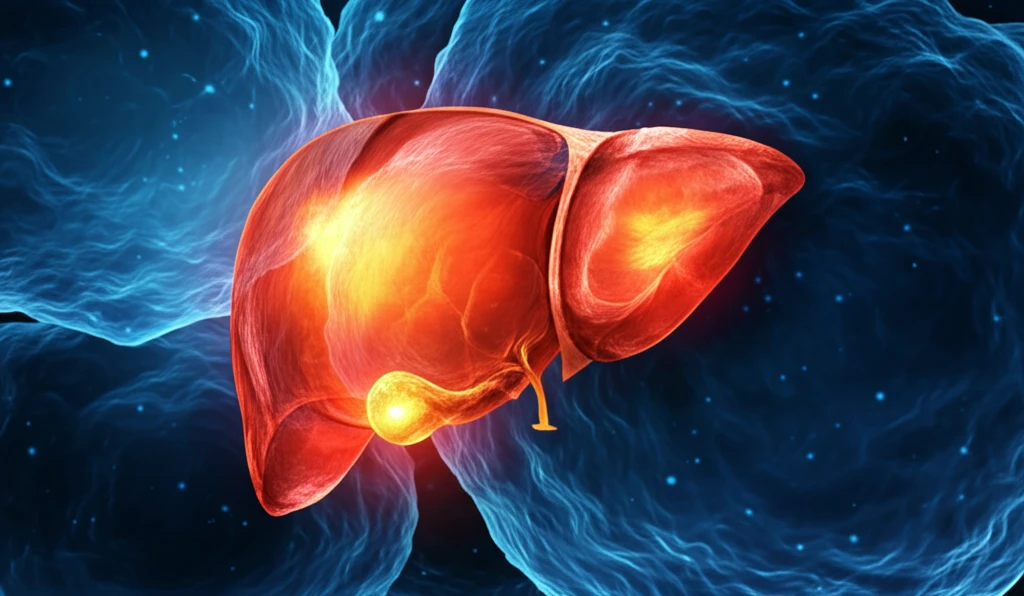
Decoding Fatty Liver: Is Focal Sparing the Key to Early Detection?
"Unraveling the mysteries of focal fatty sparing in the liver: a comprehensive guide to understanding its causes, diagnosis, and clinical significance."
In the realm of liver health, conditions like non-alcoholic fatty liver disease (NAFLD) have become increasingly prevalent, affecting a significant portion of the global population. As diagnostic techniques advance, clinicians are encountering more nuanced presentations of liver fat distribution, such as focal fatty sparing (FFS). This phenomenon, where certain areas of the liver remain unaffected by fat accumulation while the rest of the organ is infiltrated, poses unique diagnostic challenges and opportunities for early detection.
The original research article delves into a fascinating case study that highlights the complexities of diagnosing and managing FFS. This condition is often discovered incidentally during routine imaging and can mimic other focal liver lesions, including malignancies. A 41-year-old male, flagged during a health screening ultrasound, found a liver mass, and was further evaluated to find the root cause. This prompted a cascade of imaging studies and careful consideration to distinguish FFS from more serious liver pathologies.
This exploration into FFS is designed to translate complex research into actionable insights for a broad audience. By understanding the mechanisms, diagnostic approaches, and clinical implications of FFS, individuals can become more informed about their liver health and engage in proactive wellness strategies.
Understanding Focal Fatty Sparing (FFS)

Focal fatty sparing (FFS) is a localized phenomenon within the liver where specific areas are spared from the fatty infiltration characteristic of steatosis (fatty liver disease). This creates a heterogeneous appearance on imaging studies, as some liver segments appear normal while others exhibit the typical signs of fat accumulation. The prevalence of NAFLD in adults ranges from 20-30% so it is crucial to distinguish the varying liver issues from FFS.
- Abnormal Blood Flow: Variations in how blood flows within the liver can protect certain areas from fat buildup.
- Metabolic Activity: Enhanced metabolic functions in specific liver zones may prevent fat deposition.
- Venous Drainage: Unusual drainage patterns in the veins can lead to uneven fat distribution.
- Diet and Lifestyle: These habits can significantly influence fat accumulation in the liver, leading to FFS.
The Road to proactive Liver Wellness
Focal fatty sparing presents a unique window into understanding liver health. By staying informed and working closely with healthcare professionals, individuals can take proactive steps to maintain optimal liver function and overall well-being. Further research into the underlying mechanisms of FFS may lead to more targeted diagnostic and therapeutic strategies in the future.
